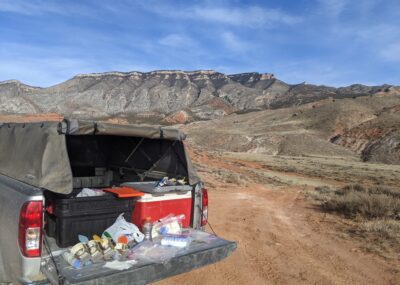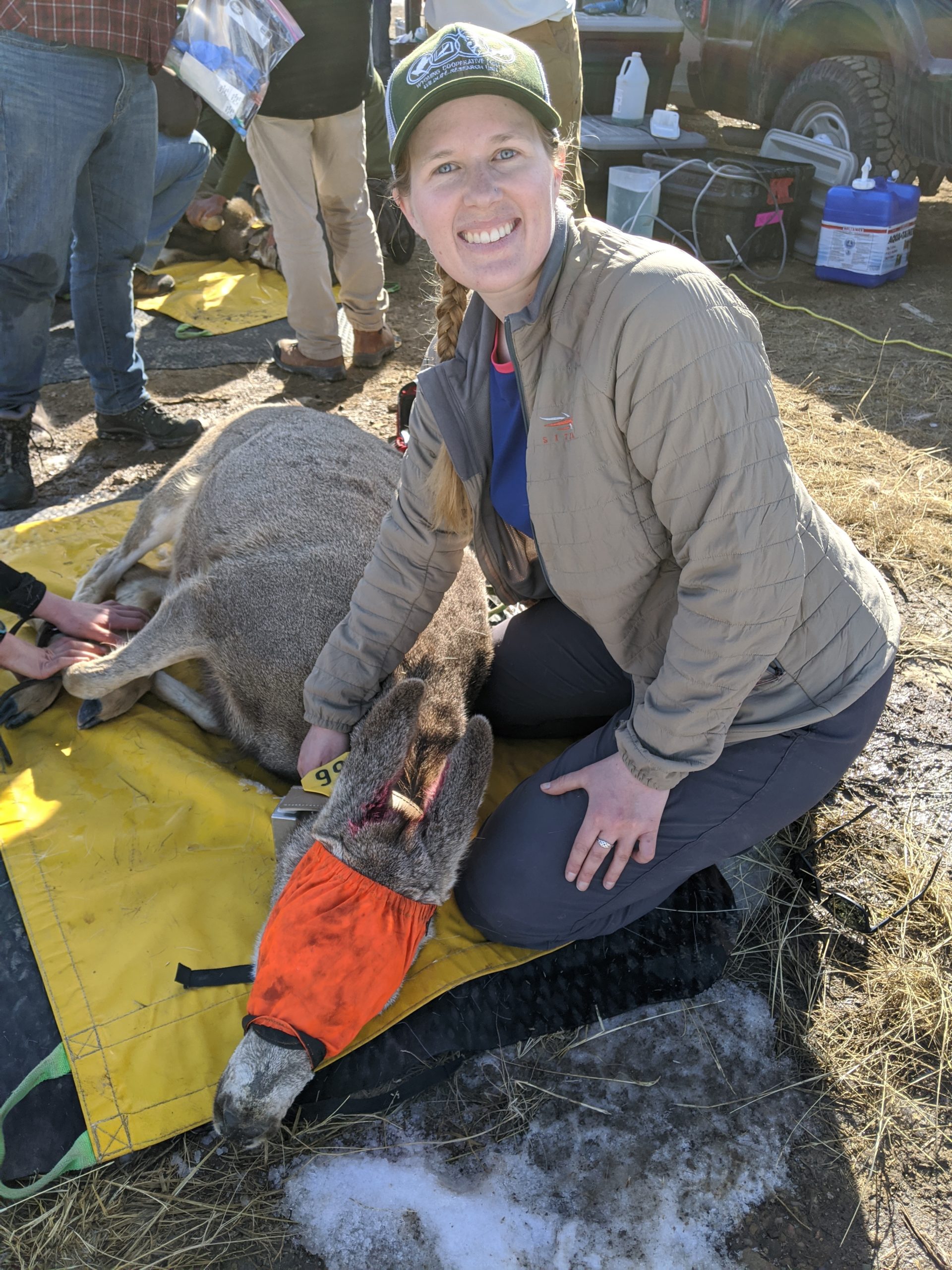
Numerous taxa, migrate between seasonal ranges to meet nutritional requirements and avoid severe conditions (Si et al. 2015, Armstrong et al. 2016, Acker et al. 2021). Traditional ecological research tends to focus on one seasonal range within an animal’s annual life cycle and rarely incorporates the influence of prior seasons (Marra et al. 2015). Consequently, scientists may misclassify mechanisms underlying demographic variation at the individual or population level (Ådahl et al. 2006, Knight et al. 2021). By excluding year-round data, the vulnerability to climate change of some species may be overlooked resulting in the lack of management action (Gallinat et al. 2015, Culp et al. 2017). To incorporate seasonal interactions and advance the ecology of migratory species, Marra et al. (2015) have called for studies that focus on the full annual cycle. (Culp et al. 2017)
Although full annual cycle ecology is applicable across migratory taxa, most evaluation has been restricted to birds. Many temperate ungulates are migratory, yet past studies focus primarily on winter range because of the immediate risks posed by limited forage and declining fat reserves (Parker et al. 2009). Past studies have evaluated habitat use and survival on winter range (Oedekoven and Lindzey 1987, Coe et al. 2018), while others have evaluated forage quality and effects on reproductive status (Beck and Peek 2005, Long et al. 2009). But ungulates have potential for strong seasonal interactions. For example, females that carry the cost of gestation and lactation are less likely to reproduce the following year (Morano et al. 2013). Despite strongly seasonal interactions in ungulates, few studies have sought to integrate analysis across seasons or the full annual cycle.
The overall goal of this study is to use the lens of full annual cycle ecology to evaluate how spring green up and snow accumulation influence the movement ecology of ungulates across species of varying body sizes living in a common environment. Specifically, I will address the following objectives.
Objective 1: I will extend the green wave hypothesis to evaluate the prediction that surfing will be less common in larger-bodied ungulates.
Objective 2: Moving through snow is energetically costly, and ungulate taxa vary widely in their tolerance. I will evaluate the hypothesis that snow tolerance mediates the movement ecology of ungulates and their seasonal dynamics.
Contact
Graduate Research Assistant (MS) | WMI Fellow
Wyoming Cooperative Fish & Wildlife Research Unit
Department of Zoology & Physiology
University of Wyoming
Email : [email protected]
Project Lead
Funding & Partners
Knobloch Family Foundation ∙ Mule Deer Foundation ∙ The Nature Conservancy ∙ Sheridan Community Land Trust ∙ Wyoming Game and Fish Department ∙ Bureau of Land Management ∙ Wyoming Wildlife and Natural Resource Trust ∙ Department of the Interior Secretarial Order 3362 ∙ Cody Chapter of Muley Fanatics ∙ Bowhunters of Wyoming ∙ University of Wyoming Research and Extension Center ∙ Wyoming Governor’s Big Game License Coalition



